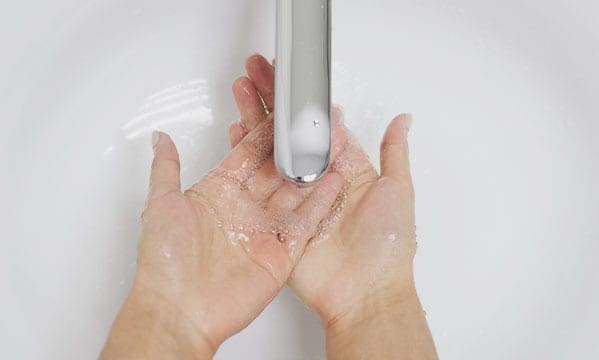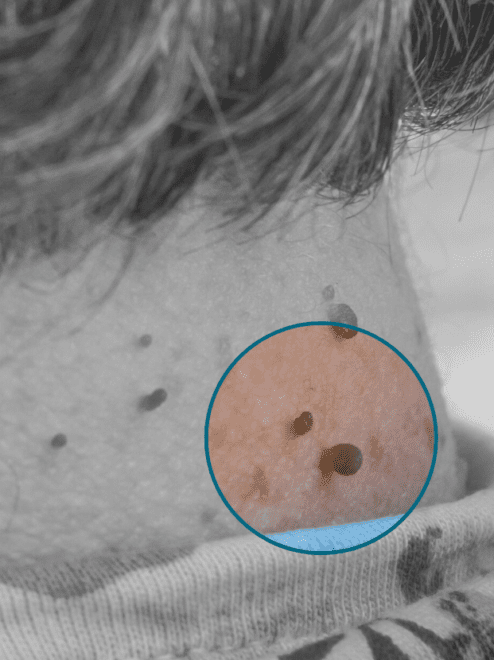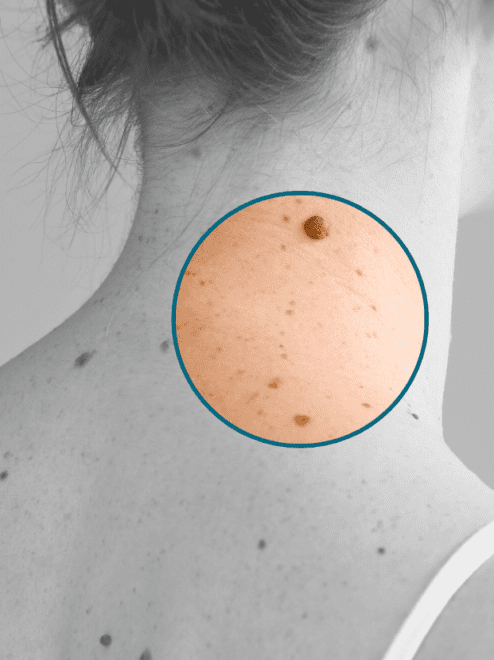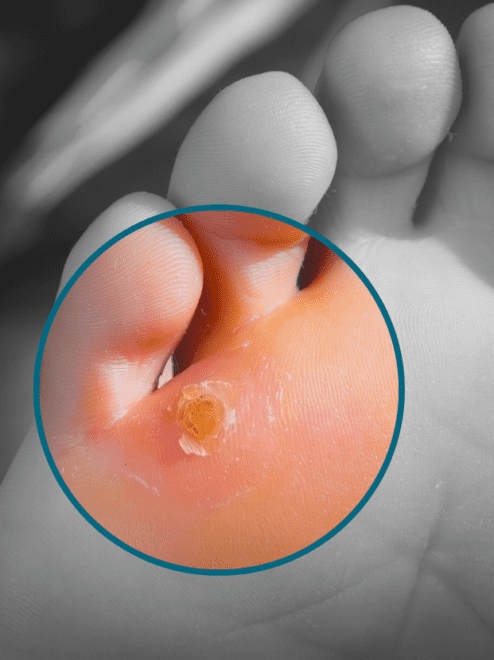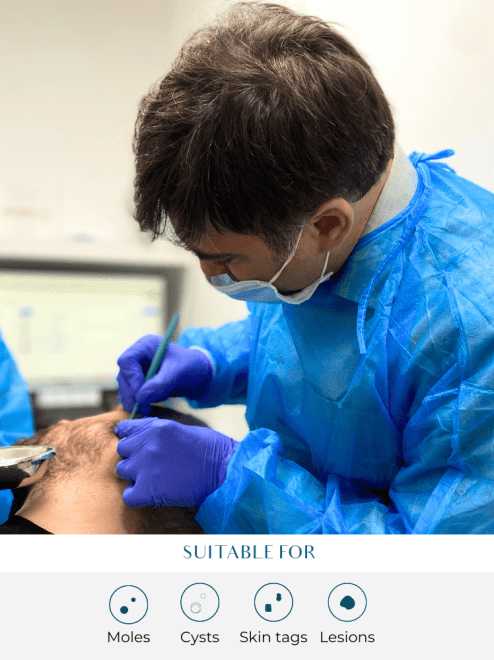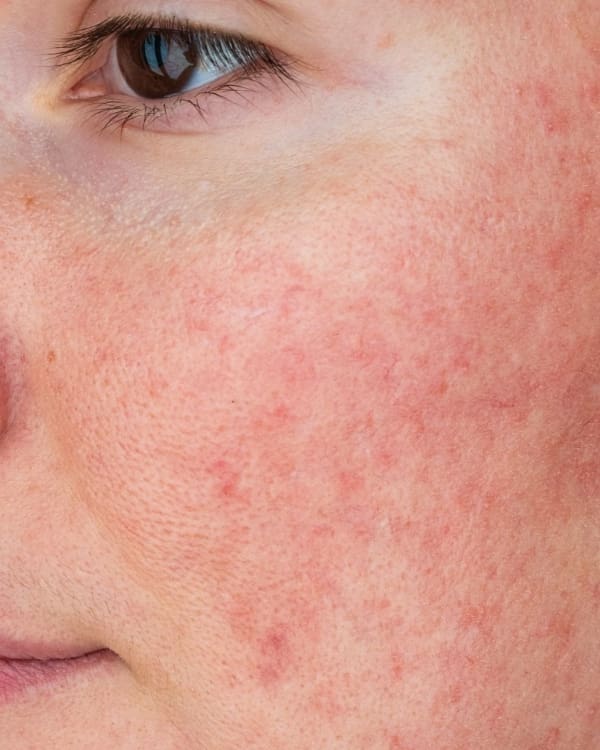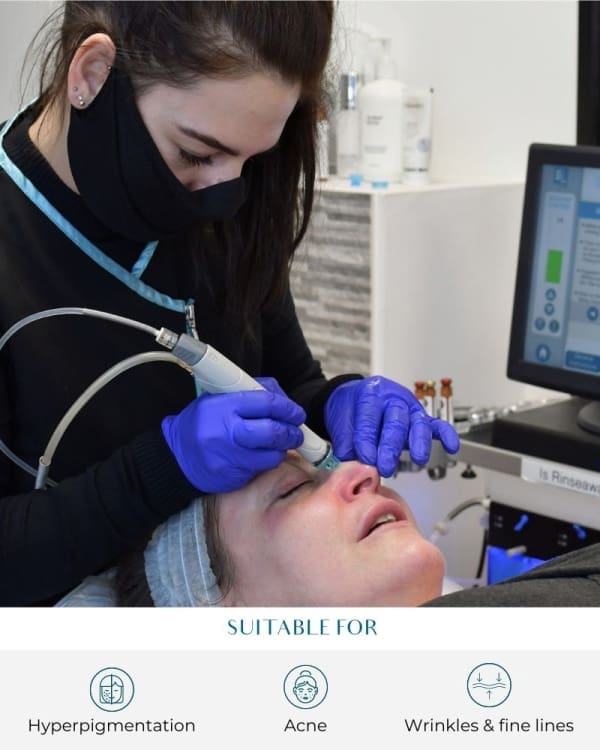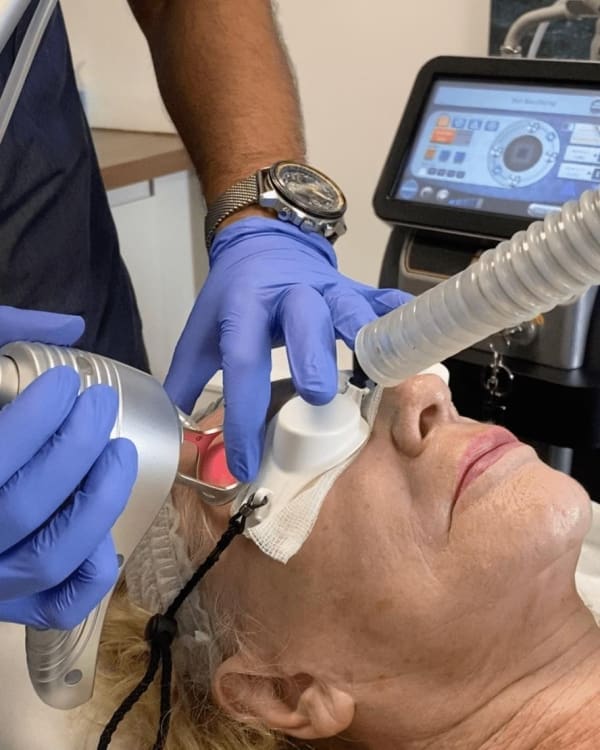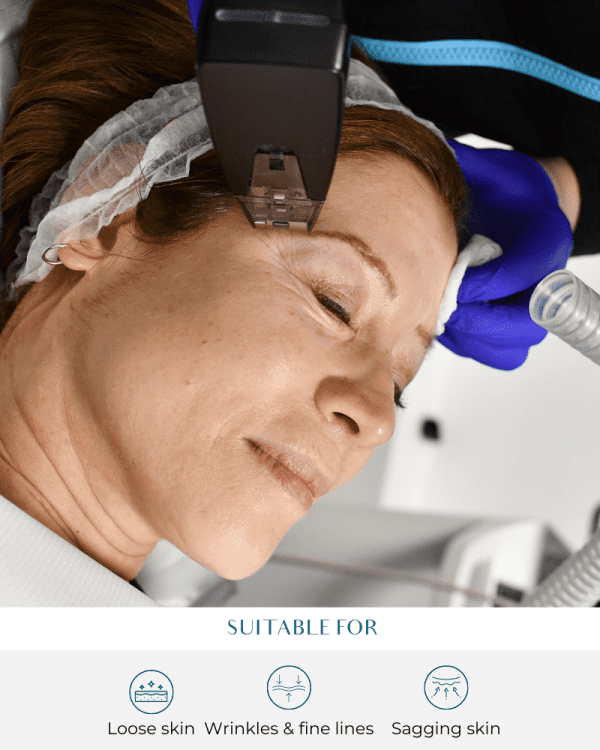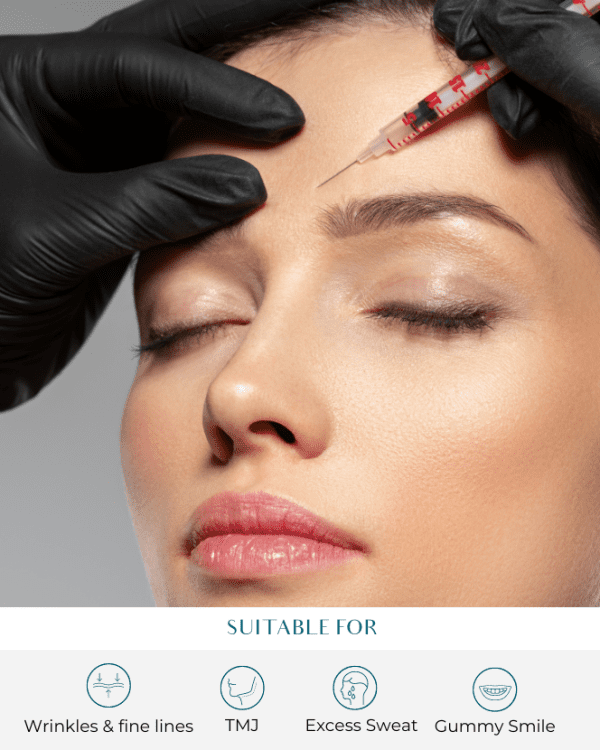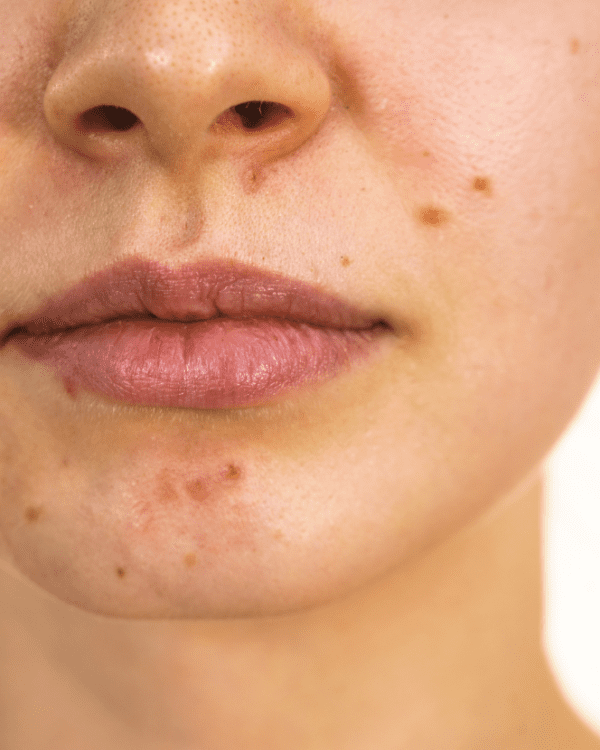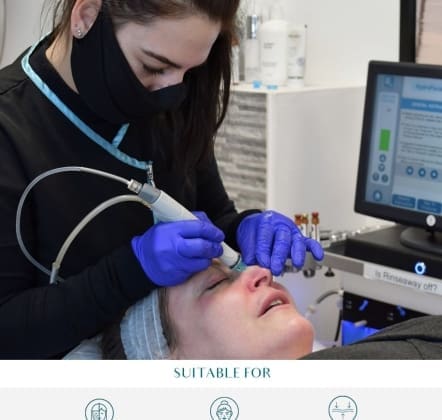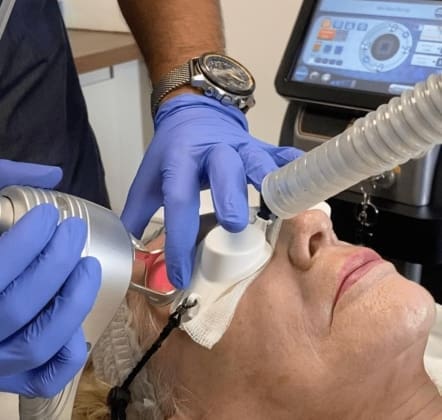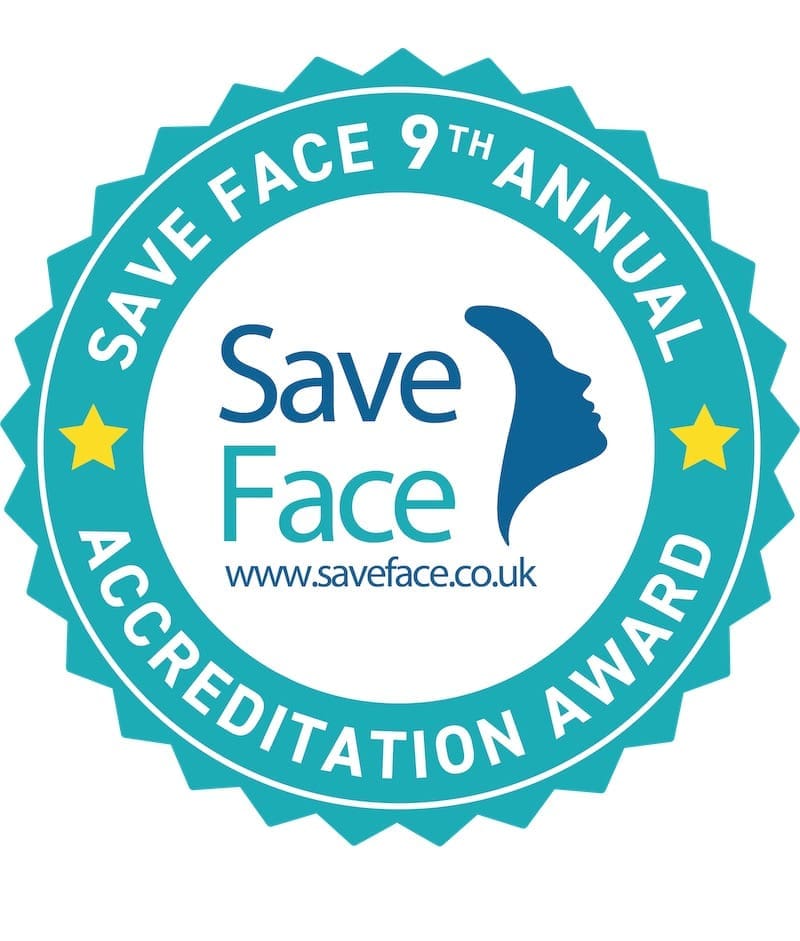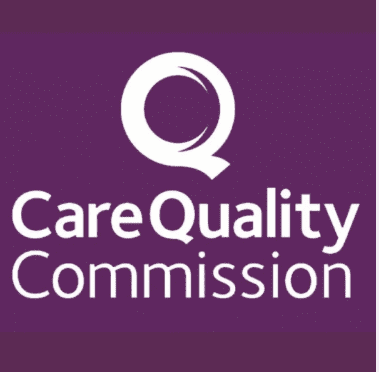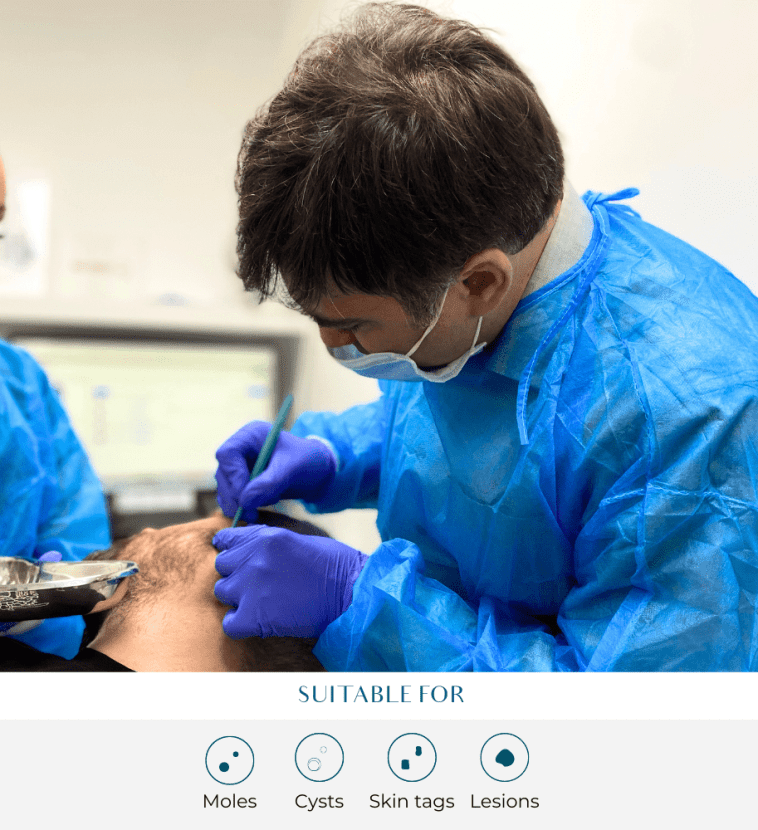
face/body/skin Treatment
Lumps, bumps & lesion removal
From initial assessment to treatment and follow-up, receive exceptional skin care for lumps, bumps, and lesion removals. Our responsive virtual consultation service allows fast-track preliminary assessment and diagnosis, so we have more time to focus on your well-being.
Understanding Skin Lesions and Lumps
Skin lesions and lumps are growths that appear on or just below the skin. They can be benign (non-cancerous) or cancerous. Benign skin lesions include sebaceous cysts, lipomas, skin tags, and moles. These growths can be completely harmless, but they can also cause discomfort, irritation, or cosmetic concerns. Understanding the type of skin lesion or lump you have is essential in determining the best course of treatment. By identifying whether a skin lesion is benign or potentially harmful, you can make informed decisions about your health and appearance.
Lumps, bumps, skin tags & lesion removal
From initial assessment to treatment and follow-up, receive exceptional skin care for lumps, bumps, and lesion removals. Our responsive virtual consultation service allows fast-track preliminary assessment and diagnosis, so we have more time to focus on your well-being.
What is a benign Lesion?
The term benign lesion denotes a range of non-cancerous lumps, bumps and flat pigmented lesions. This includes moles, cysts, keratoses and callouses. Some of these might be irritating you, others may be causing cosmetic impairment or a perceived disfigurement. Removing these lesions involves a small minor operation performed under local anaesthetic (a numbing agent) whilst you remain awake.
What will my treatment involve?
The type of procedure your doctor uses will depend on the anatomical location of the lesion, its size, depth in the skin and whether histology is required. The procedure might involve a complete surgical removal (and histology analysis), a curettage (the lesion is gently pared away), or shave excision. For example, excising an epidermoid cyst involves making an oval incision to allow for better healing and stitching. On initial assessment, your skin will be assessed under an illuminated magnifier (dermatoscope). Any diagnostic uncertainty will warrant a biopsy (taking a small sample) before the procedure to ensure an accurate diagnosis and safe removal.
What is a pre-operative assessment?
This is an opportunity for us to assess your skin and suitability for treatment. We’ll explain the treatment in full and ensure you are prepared. Some complex skin lesions, or those in more difficult areas may need to be referred to secondary care or a plastic surgeon. If we suspect skin cancer or there are concerns about the nature of your skin lesion we may refer you back to the NHS skin cancer pathway or address options for referral to dermatology.
The Removal Procedure
The removal procedure for skin lesions and lumps typically involves a minor surgical procedure performed under local anaesthetic. The type of procedure used depends on the size, location, and type of lesion. We often use Plexr to remove lumps and skin tag.
Minor surgery may be performed on skin growths or a sebaceous cyst.
Aftercare and Recovery
After the removal procedure, patients can usually go home soon after. Over-the-counter pain relief medication can be used to manage any discomfort or pain. It’s essential to keep the incision site clean and dry to prevent infection. Patients may need to return to the clinic a few days after the procedure to inspect the wound and change the dressing. Stitches may need to be removed by a practice nurse or at the Outpatient Department. Patients can usually return to work the day after the procedure, unless their work puts a strain on the area stitched. Proper aftercare ensures a smooth recovery and helps achieve the best possible outcome.
Looking After Your Skin
Looking after your skin is crucial in preventing skin lesions and lumps. Here are some tips:
- Protect your skin from the sun by using sunscreen and clothing that covers your skin.
- Avoid smoking, as it can increase the risk of skin cancer.
- Maintain a healthy weight to reduce the risk of skin lesions and lumps.
- Regular exercise can help improve circulation and reduce the risk of skin lesions and lumps.
- Avoid picking or scratching at skin lesions or lumps, as this can cause infection or scarring.
By following these guidelines, you can maintain healthy skin and reduce the likelihood of developing skin lesions and lumps. Taking proactive steps in your skincare routine can make a significant difference in your overall skin health.
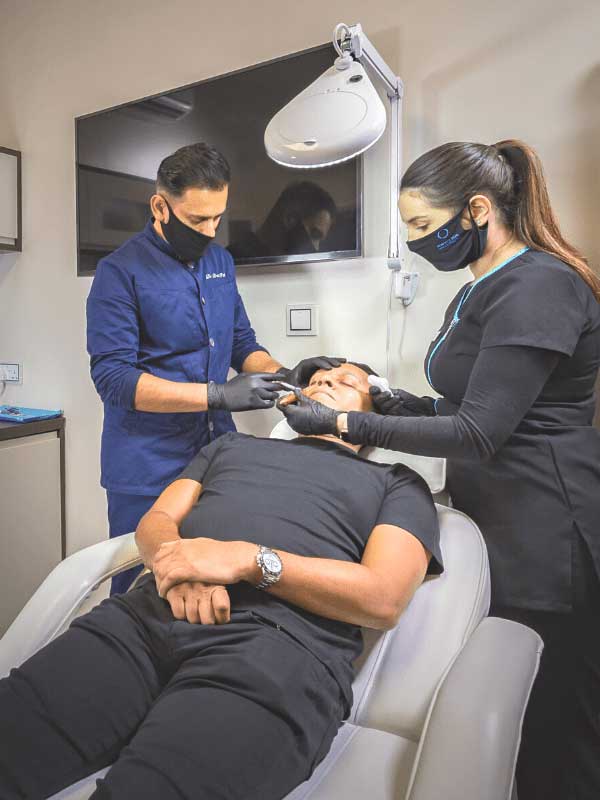

Why choose Perfect Skin Solutions for your Lumps, bumps & lesion removal?
Our expert Doctors have performed over 2000 procedures whether it be for private, NHS, or the military – you know that you are in safe hands when you visit our clinic. As a gold standard in addition to cosmetic removal, the clinic also offers private Histology lab testing.
Get in contact













